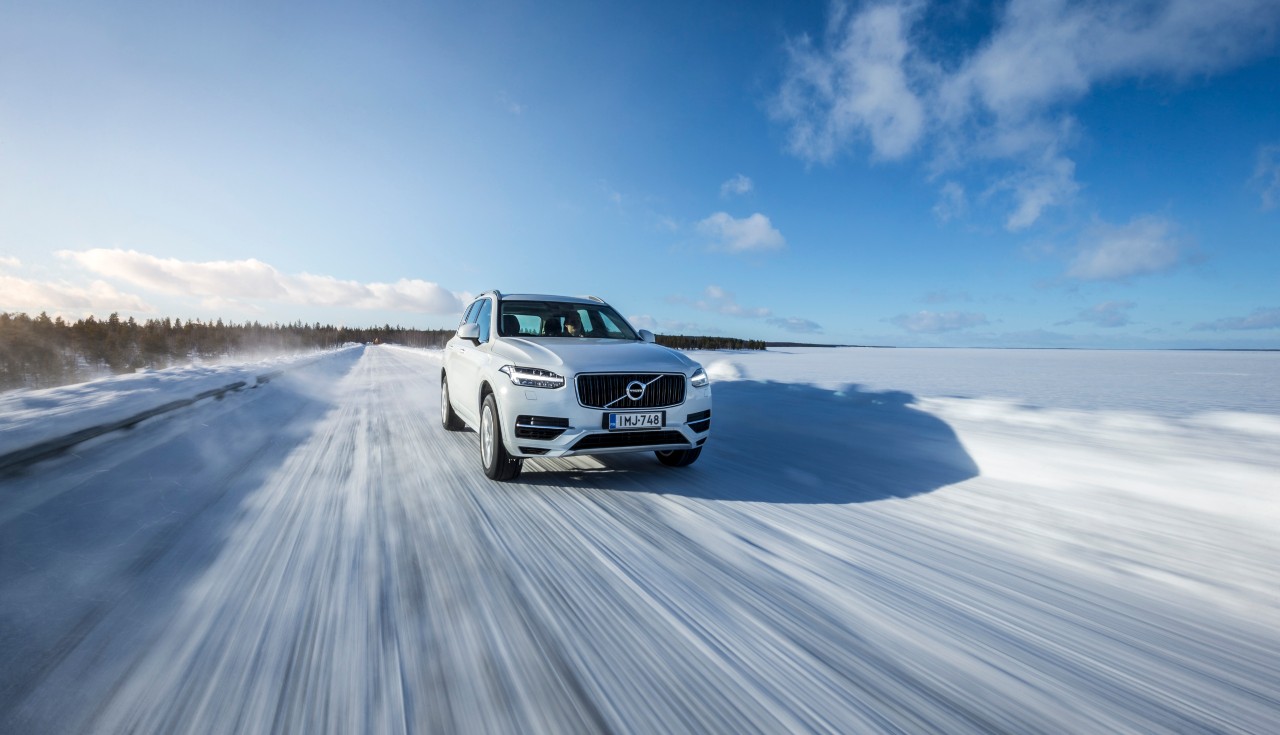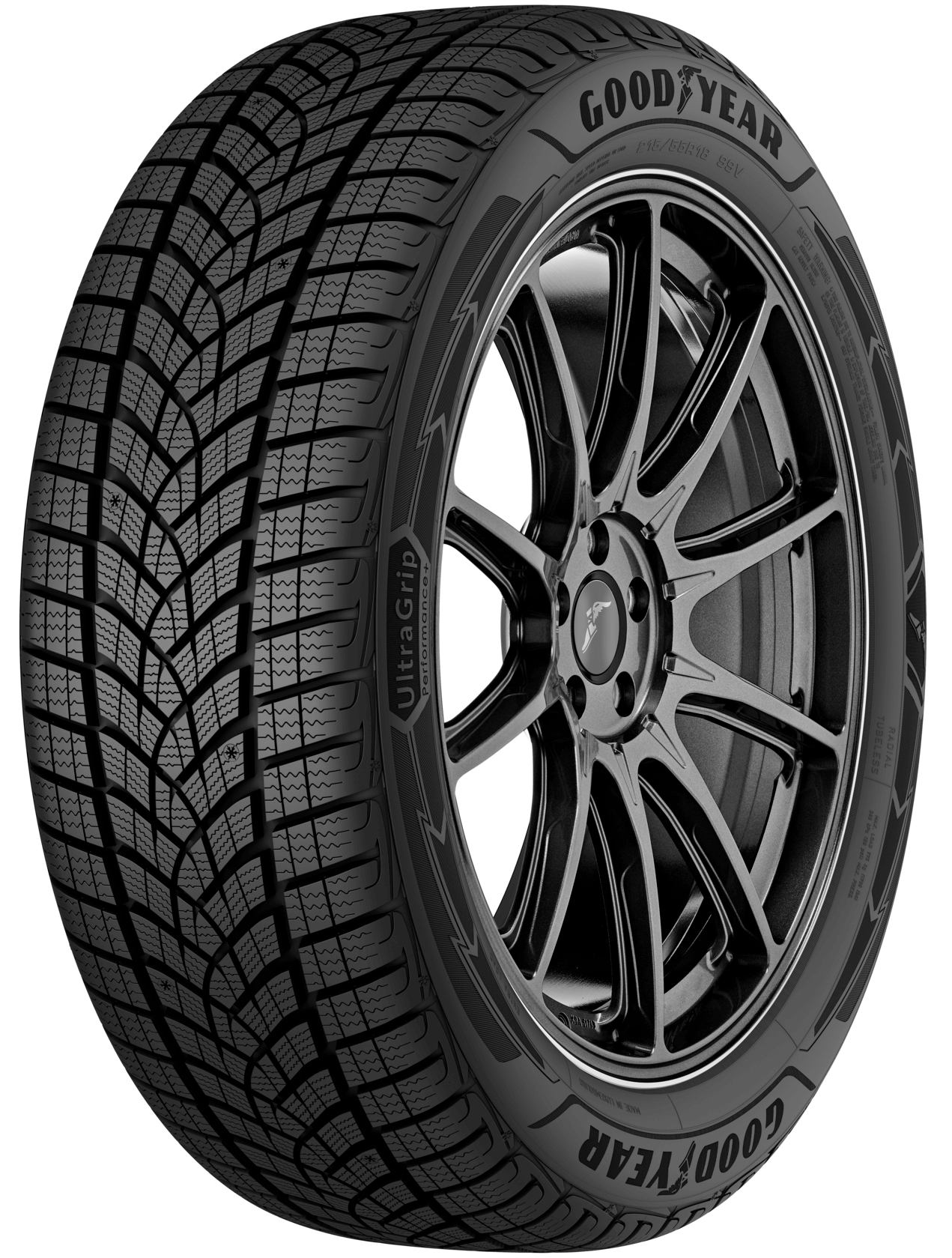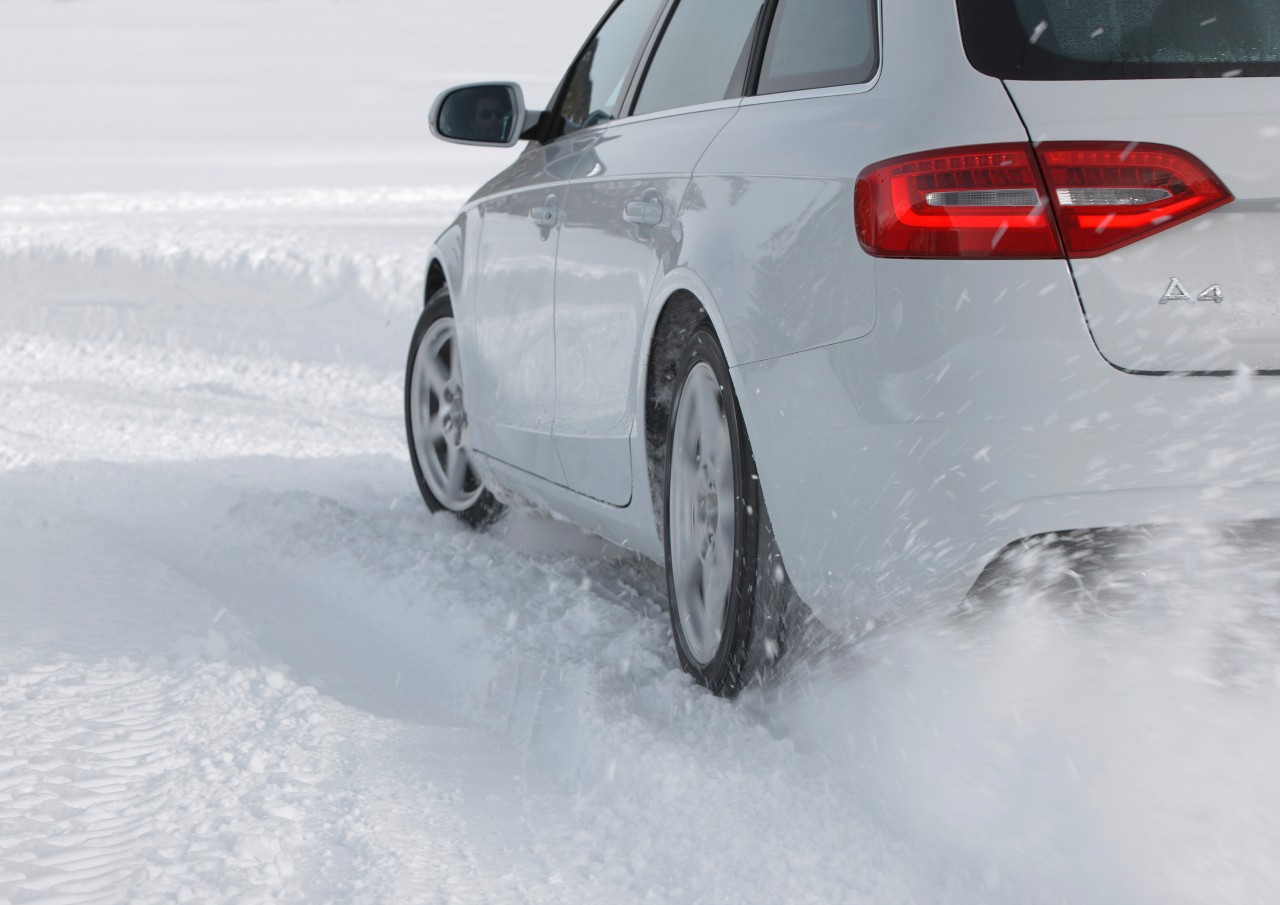It is widely recommended to drive either an all-wheel (AWD) or front wheel drive (FWD) vehicle in the snow to provide maximum traction. It is possible to drive a rear wheel drive (RWD) car with little trouble in the snow but it is recommended to be more cautious.
FWD cars have the benefit of the weight of the engine being over the drive wheels which helps to keep the wheels firmly on the ground and push through the snow with little wheel spin. RWD vehicles tend to have an empty boot space over the drive wheels – which means the wheels struggle for traction in snow without the additional weight of an engine. Due to the weight distribution in a RWD car, wheels can often spin in opportunities where FWD cars would not have an issue. There is also the additional risk of fishtailing in a RWD vehicle, this occurs when a the driver turns the wheel whilst accelerating, causing the rear wheels to push the car into a difficult spin.
Although there are additional risks driving a RWD over a FWD car in the snow, it is possible to drive safely as long as the driver takes additional precautions and is aware of the risk.












